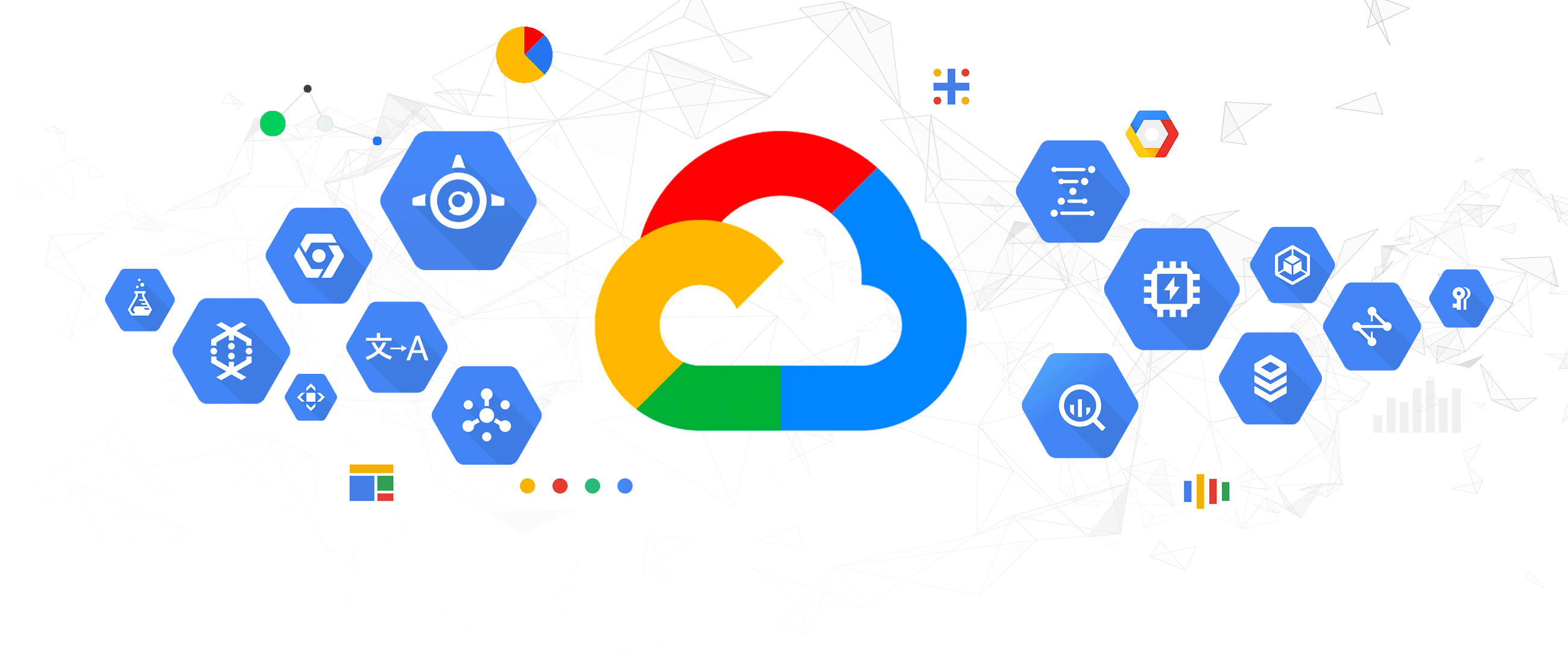If there’s one thing driving the undercurrents of success at any business, no matter its size or industry, it’s data. Data is the currency businesses use to trade information in exchange for insight to power swifter, more strategic decision-making, faster and more efficient service delivery and engaging, personalised interactions with customers at every point in the sales funnel.
But while data is arguably the most valuable asset a business can have at their disposal, raw data can be more of an obstacle than an opportunity. Data analytics can bridge the gap between raw data and enriched, accessible insights. But, at a certain point, inevitably size and scale can limit the efficiency gains and quick wins from static analytics, no matter how accurate or valuable.
As many as 80% of senior IT leaders believe that generative AI will help their organisations better utilise their data, which they agree is mission-critical for success. But, 41% of these leaders also state that they can’t understand or make sense of their data because of its complexity or lack of accessibility. A further one-third cite this lack of ability to generate meaningful insights from their data as a serious issue for their organisation’s operational efficiency.
This is where Salesforce is attempting to close the gap between analytics, scale and efficiency through the power of AI, machine learning and automation. At their recent Tableau Conference, Salesforce announced the next generation of Tableau that will be launching in pilot phase later this year.
Tableau will remain Tableau, but its already intuitive analytics and reporting capabilities will be enhanced by automotive processes, AI-powered multi-faceted analytics and even more granular, yet accessible and personalised reporting. Let’s take a closer look at the next generation of Tableau and what it means for you on both an operational and performative level.
The next generation of Tableau is (almost) here
For the last few months, Salesforce has been on an almost single-minded mission to bring the power of generative AI to nearly every cloud on their platform. Tableau is about to get the royal (generative) treatment (Gen-Next, anyone?), transforming how you and your teams can work, strategise and operate.
As with other implementations, this integration of generative AI will enable Tableau to do the heavy data lifting of all of your operations, trawling thousands of datasets within seconds, aggregating relevant points and delivering them to you seamlessly, but on a level of curation and personalisation not yet seen before now. The new and improved version of Tableau will be made up of two key components.
Tableau GPT
Tableau GPT comfortably positions AI at the centre of the user experience, allowing you to tap into generative AI to engage with and utilise their data in a secure way, unlimited by the boundaries of conventional analytics and reporting. Your team can browse specific, auto-generated insights by asking Tableau GPT questions within the console, powering a smarter, more intuitive data experience.
Tableau Pulse
Tableau Pulse presents insights in both natural language and data visualisation formats, giving users the information they need in an accessible, user-friendly way. Powered by Tableau GPT, Tableau Pulse presents automated analytics at the top of your unique homepage, highlighting key metrics that need your attention.
You’ll also see personalised metrics underneath, displaying different metrics you’re following which consist of visuals and AI-generated insights. It also integrates with all your key collaborative tools like Slack, allowing you to interact with your team and collaborate on these insights directly within your existing workflows.
Additional innovations that can further power next-gen Tableau include Data Cloud (also known as Salesforce Genie) and VizQL Data Service that embeds Tableau anywhere into an automated business workflow.
Staying on the pulse: the combined power of Tableau GPT and Pulse
Combined, Tableau GPT and Tableau Pulse make it easy for any service or support team to punch above their weight in terms of operational efficiency and agility, through the power of smarter, more intuitive data utilisation.
Tracking the progress of your metrics, as well as things like your team’s CSAT score requires no heavy lifting from your side. You’ll get the data and reporting you’re looking for, delivered straight to you with AI-generated insights and recommendations for next best steps to inform your strategies.
In Conclusion
As far as an official release date goes, Salesforce hasn’t yet confirmed a set date, but plans to pilot Tableau GPT later this year - watch this space! The first step towards preparing for the next generation of Tableau to be released is ensuring your data architecture and tech stack are geared towards and can support Tableau’s intuitive capabilities.
You can try to do this alone, but oversights, no matter how small, could wind up being extremely costly further down the line and only delay your organisation getting Tableau, setting you back further. A safer and more cost-effective way is to work with an experienced Salesforce implementation partner.
At CloudSmiths, we’re proud to be one of the largest Salesforce implementation partners on the African continent. We offer end-to-end Salesforce consultation, implementation, development and support services:
- Consulting and advisory services
- Salesforce development
- Salesforce licences
- Managed services and support
- Salesforce implementation
- Salesforce Training









